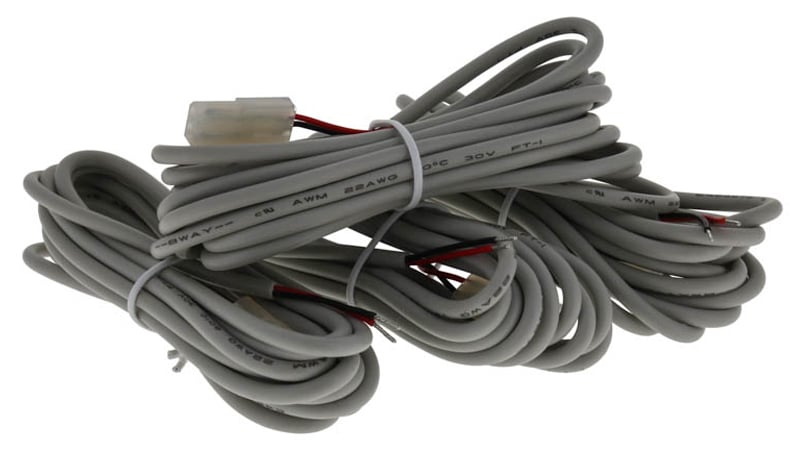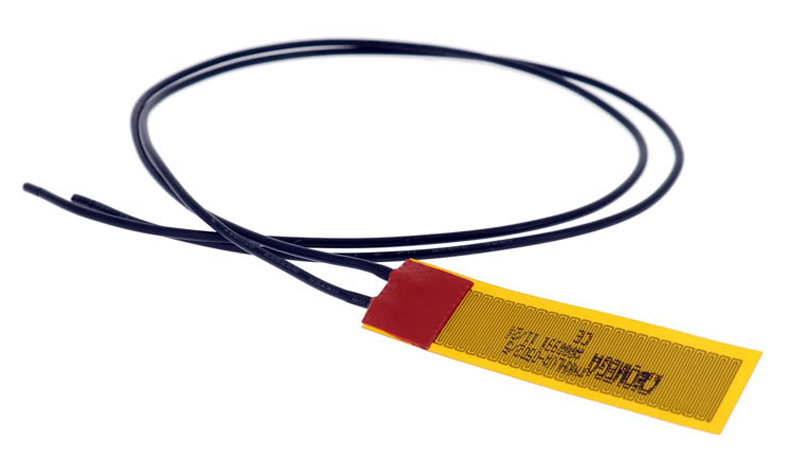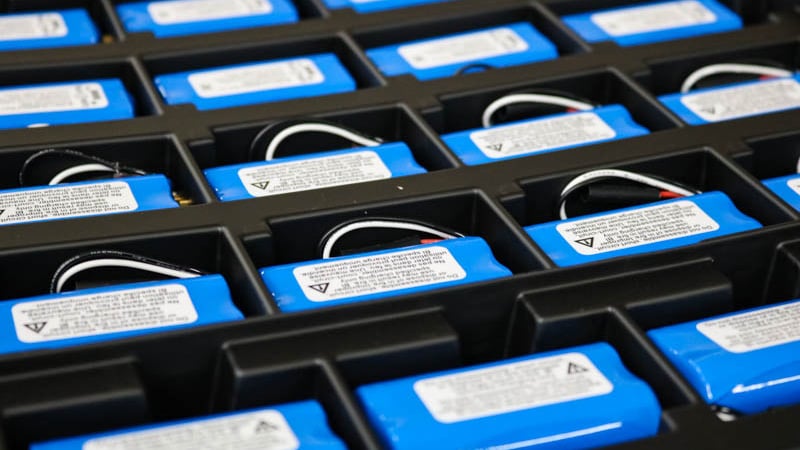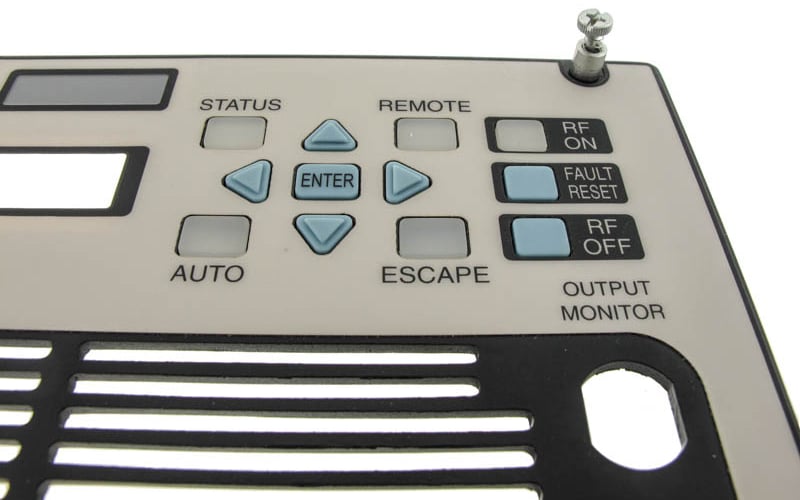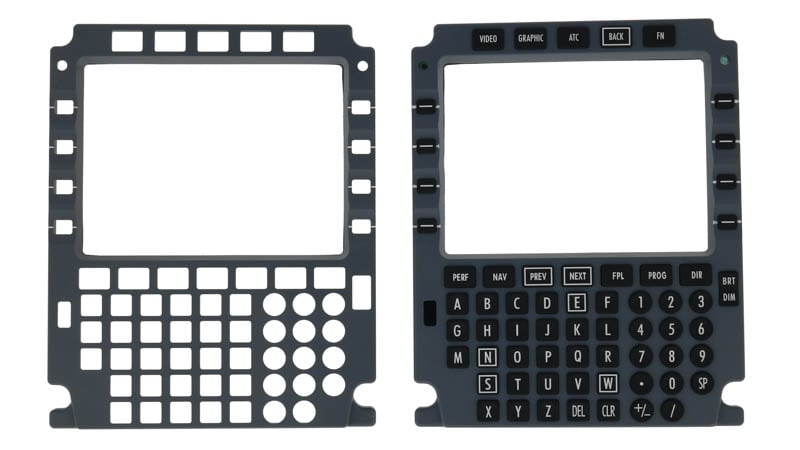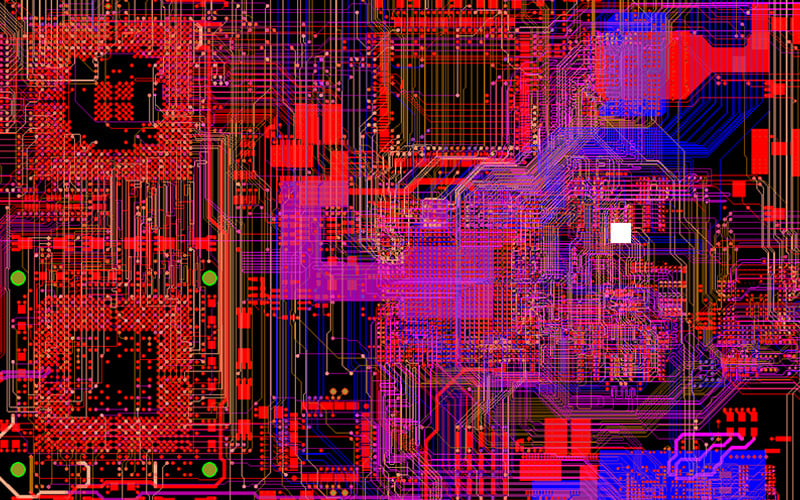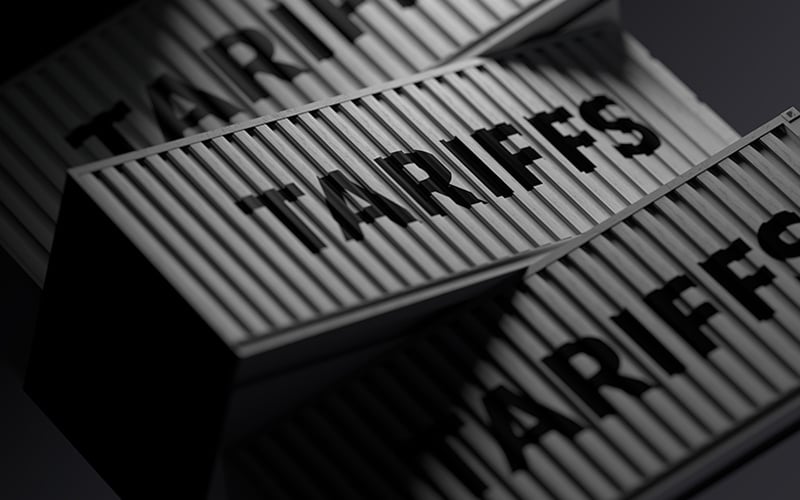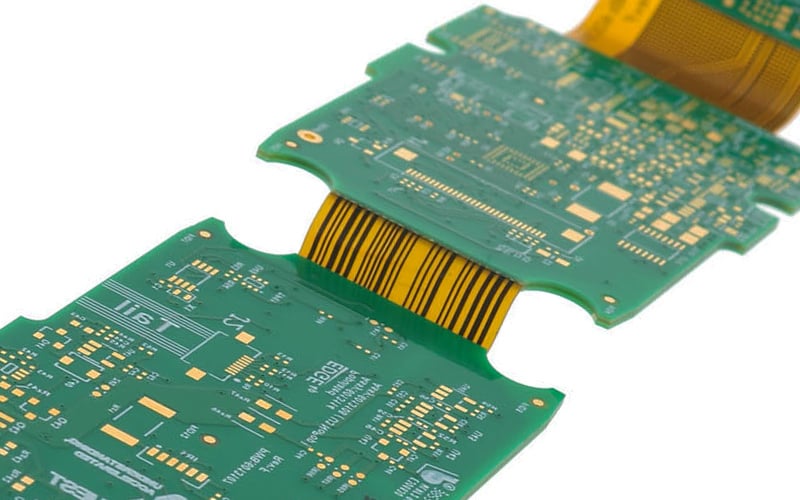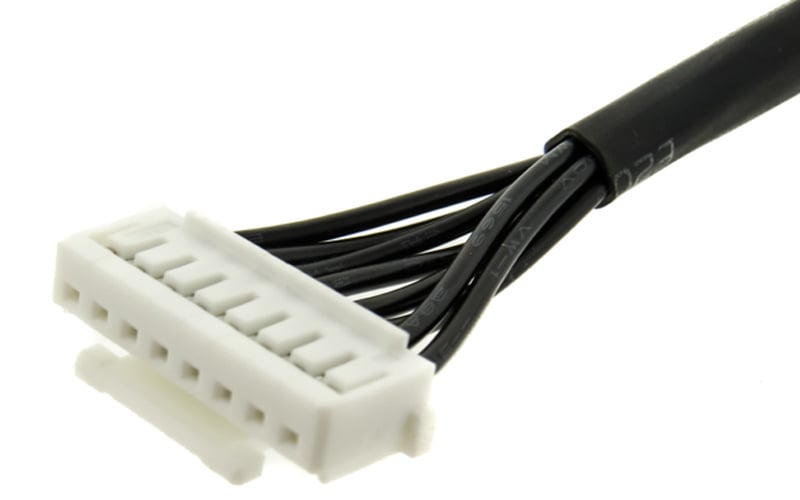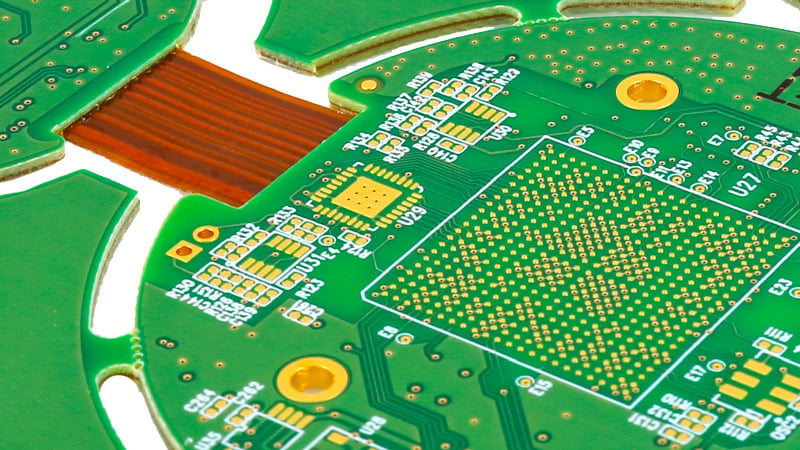At the conclusion of our webinar, Understanding UL Wire Options that Surpass Industry Standards, we had several questions submitted to our presenter, User Interface & Cable Assembly Product Manager, Steven J. Goodman. We compiled these into a readable format on our blog.
Epec Engineered Technologies

Recent Posts
At the conclusion of our webinar, How to Properly Size and Select Your Custom Flexible Heater, we had several questions submitted to our presenter, User Interface & Cable Assembly Product Manager, Steven J. Goodman. We compiled these into a readable format on our blog.
At the conclusion of our webinar, Custom Battery Pack Design Considerations for Performance and Safety, we had several questions submitted to our presenter, Battery Product Manager Anton Beck. We compiled these into a readable format on our blog.
At the conclusion of our webinar, How to Un-Obsolete Your Legacy Keypad Design, several questions were submitted to our presenter, Steven J. Goodman, User Interface & Cable Assembly Product Manager. We have compiled these questions into a readable format on our blog.
Designing a product that moves efficiently from concept to production requires more than just a good idea, it demands an in-depth understanding of how each component will be manufactured and assembled. At Epec, we work with engineers across various industries to optimize designs for manufacturability, whether it’s a custom cable assembly, rigid-flex PCB, battery pack, or fully integrated user interface.
At the conclusion of our webinar, PCB Design: Top Factors Related to Data Routing and Layout, several questions were submitted to our presenter, Angie Brown, Product Manager of Printed Circuit Boards at Epec. We have compiled these questions into a readable format on our blog.
If you've noticed unexpected fees on your recent invoices, especially on custom electronic products imported from China, you're not alone. These charges are not arbitrary; they stem from a series of U.S.-government-imposed tariffs that directly affect the global electronics supply chain.
At the conclusion of our webinar, Designing Flex and Rigid-Flex PCBs to Prevent Failure, we had several questions submitted to our presenter, Zachary Walker, Product Manager of Flex and Rigid-Flex Circuits at Epec. We have compiled these questions into a readable format on our blog.
At the conclusion of our webinar, Using Equivalent Wire and Connectors to Save Time and Money, we had several questions submitted to our presenter, Steven J. Goodman, User Interface & Cable Assembly Product Manager at Epec. We have compiled these questions into a readable format on our blog.
At the conclusion of our webinar, Defining Stack-Ups for Flex and Rigid-Flex Circuit Boards, we had several questions submitted to our presenter, Zachary Walker, Product Manager of Flex and Rigid-Flex Circuits at Epec. We have compiled these questions into a readable format on our blog.


